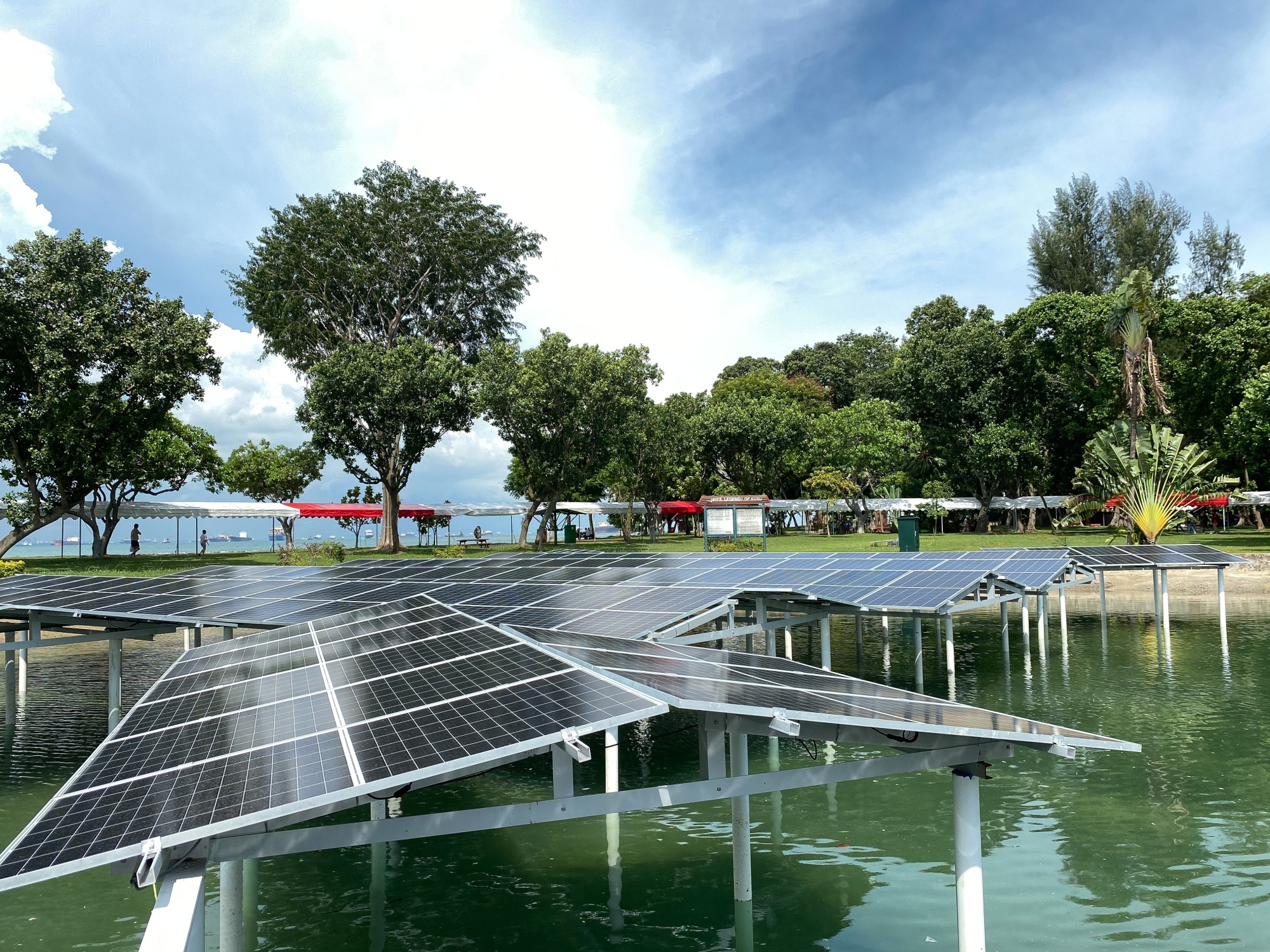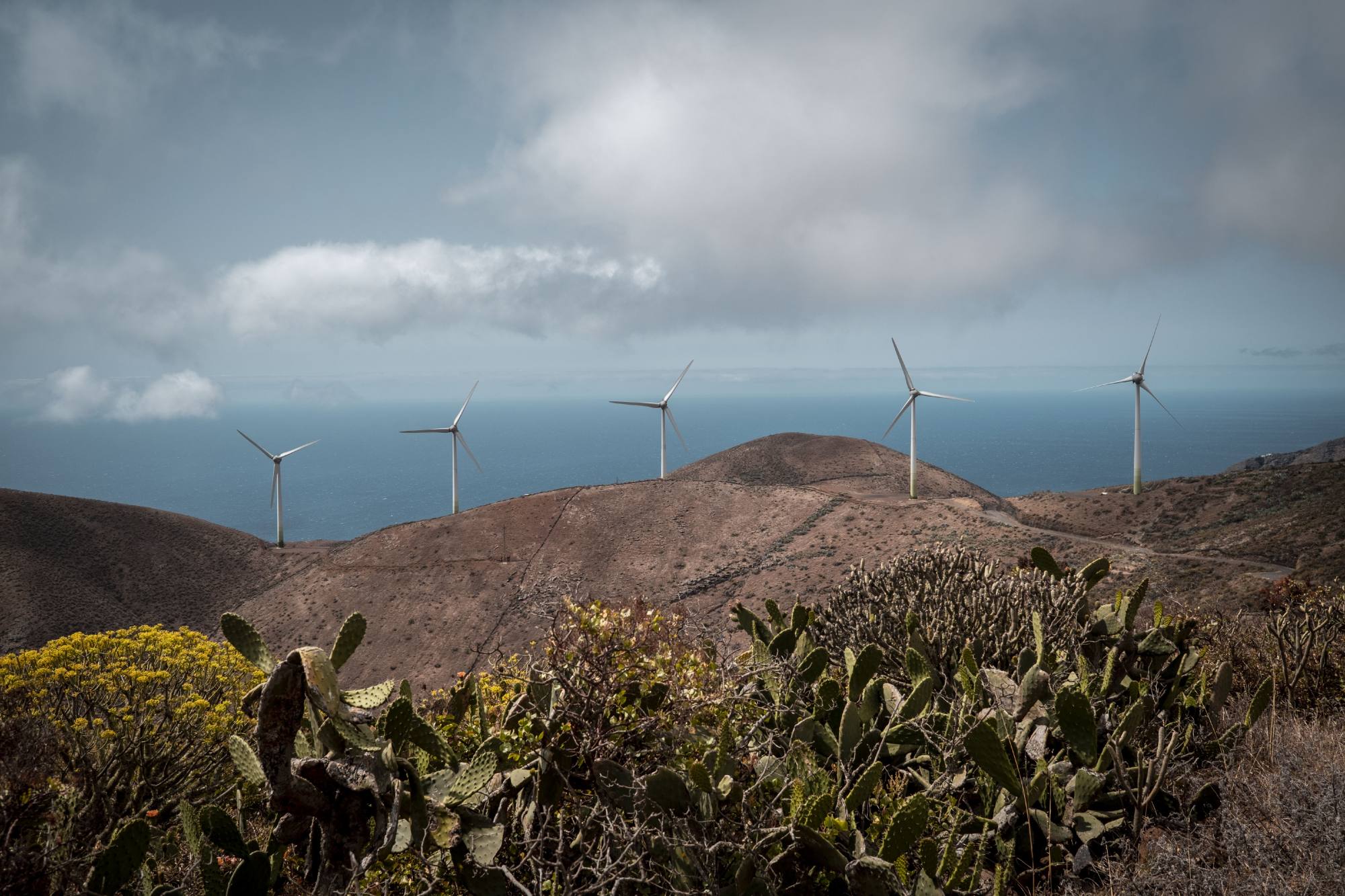
Singapore’s Tortoise Island becomes fully sustainable using solar power, showing it’s no slowcoach – now others need to catch up
- Singapore’s Kusu (Tortoise) Island is now completely self-reliant in using solar power to produce its water and electricity, according to a report
- It joins an all-too-small list of fully sustainable islands given the imperatives of climate breakdown and the costs of transporting water and diesel offshore
In the race for full sustainability, Singapore’s Tortoise Island has beaten many a hare.
“Kusu Island, home to the popular Da Bo Gong Temple and three Malay keramat [shrines], is now completely self-reliant in using solar power to produce its own water and electricity, setting a precedent for other southern islands like Pulau Hantu,” reports The Straits Times.
The newspaper’s reporter was taken on a recce this month and discovered that, “The island’s solar photovoltaic and desalination systems became operational in the fourth quarter of 2022, in time for the island’s annual pilgrimage season, and could even support the surge in demand when a record 22,523 visitors went there in October 2023.
“As backup, batteries housed in two 40-foot containers can store enough power to last two days in the event that the solar panels cannot produce electricity because of issues such as cloud cover or rain.”

Kusu (meaning “tortoise”) Island is “steeped in local myth and folklore”, says Visit Singapore.
Its name derives from a legend involving a giant tortoise that saved the lives of a shipwrecked duo by turning itself into an island. The men – a Malay and a Chinese – were so grateful that they built a Taoist shrine and Muslim keramat.
No one lives on the island but many people take the ferry across – a journey of 5.6km (3.5 miles) from the Singaporean mainland – especially during the annual Kusu Pilgrimage season (usually between September and November).
Japan gets rude reminder of evils of overtourism as visitors return en masse
Worshippers head for the Da Bo Gong Temple, built in 1923 and dedicated to the Chinese God of Prosperity, where they pray to Da Bo Gong for wealth, health and calm seas; and Guan Yin, the Bodhisattva of Mercy, for sons.
Others climb the 152 steps to the shrines of three Malay saints, to ask for wealth, wedded bliss and fertility, as well as health and harmony.
Less needy day trippers head to Kusu to swim or snorkel off its beaches and in its lagoons.

To avoid having to chop down vegetation, the solar-panel array – which powers Kusu’s toilet and shower blocks and a food centre, as well as the desalination plant – was installed in the shallow lagoon in front of the temple. In a nice touch, it was laid out in the shape of a tortoise.
Tiny Kusu is not the first fully sustainable island – that honour belongs to 224 sq km (86 square mile) El Hierro, one of Spain’s Canary Islands, where a hydro/wind plant began supplying all its power needs in 2016 – but it is one of a very small number when you consider the imperatives of climate breakdown and the costs of transporting water and diesel to offshore communities and attractions.
Come on you hares, pick up the pace!
Journalist’s Hong Kong article a ‘masterclass in how not to do travel writing’
This part of the column we’re referring to as Destinations Unknown rather than Destinations Known, in honour of “journalist” Gus Carter, who flew in to Hong Kong (business class, we’re told) on one recent Tuesday afternoon and flew out again on the Thursday morning, but still had the cheek to write an (ill-informed) article about our city for The Spectator, a conservative-leaning British magazine focused on politics and culture. And travel, or so it claims.
The story, “Hong Kong’s fading Britishness”, begins with the line, “Not much of Hong Kong still feels British. There is the odd tube stop [The Tube is a nickname used for the London Underground rail system] – Admiralty, Kennedy Town, Prince Edward – but that’s about it.”
Even if that were true, how would he know?

He didn’t find them, but did “discover a 7/11 and a place to get a phone charger”.
And that’s about it, bar an encounter with “an old man with one of those wizened Chinese beards that imply great and ancient knowledge, wearing Bermuda shorts and an England football shirt”.
Why are tourists not returning to mainland China?
Intrepid or what!
Carter may believe he managed to size up Hong Kong in the few short hours he was in the city – and be justified in concluding there is little of interest beyond its fading imperial legacy – but to categorise his ignorant musings as a travel article (with the insight that implies), as The Spectator does, is a travesty.
As one clued-up social media commentator observed of his article, it’s “A masterclass in how not to do travel writing.”
Chinese tourists capsize Venice gondola while taking selfies
To the Chinese tourists in Venice who were so determined to take selfies that – despite pleas from the gondolier to sit down and stop rocking the boat – they managed to capsize their gondola, we salute you.

We’re not selfie-takers ourselves – it all seems a bit egotistical – but we do admire dedication to one’s craft, especially if that involves a dunking in the chilly waters of Venice’s canals in pursuit of social media fodder.

